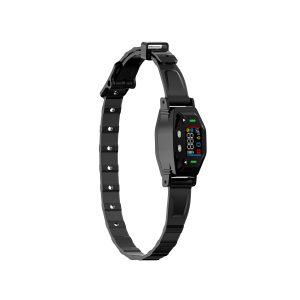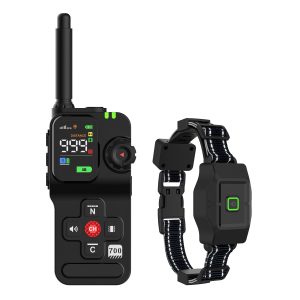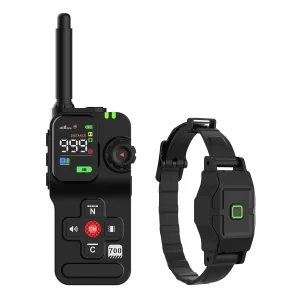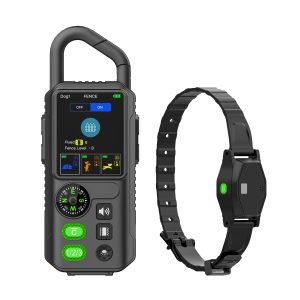The Importance of Understanding Levels of Correction in Dog Training Collars
When it comes to training your furry friend, the right tools can make all the difference. Dog training collars are a popular choice for pet owners, but understanding the various levels of correction is crucial for successful training. Let’s delve into the different levels of correction found in these collars and how they can be effectively used to train your canine companion.
1. Low Level Stimulation
Low level stimulation is ideal for gentle correction and reinforcement of commands. It is often used for basic obedience training and can help redirect unwanted behaviors without causing distress to your dog. By starting with low levels of correction, you can gradually work towards improving your dog’s behavior.
2. Medium Level Stimulation
Medium level stimulation is a step up from low levels and is suitable for dogs that need slightly stronger correction. This level can be effective for training commands that require more focus and attention from your pet. It is essential to use medium stimulation carefully and only when necessary.
3. High Level Stimulation
High level stimulation should be reserved for situations where immediate and strong correction is needed. This level is not meant to cause harm but to grab your dog’s attention quickly and deter undesirable behaviors. It is crucial to use high stimulation sparingly and always follow up with positive reinforcement.
4. Tone and Vibration Modes
Many modern dog training collars come equipped with tone and vibration modes in addition to stimulation levels. These modes can be used as warning signals or as alternatives to stimulation, especially for sensitive dogs. Tone and vibration can help communicate with your pet effectively without the need for physical correction.
5. Finding the Right Balance
Each dog is unique, and finding the right balance of correction levels is key to successful training. It is important to observe your dog’s response to different levels of correction and adjust accordingly. A combination of positive reinforcement and appropriate correction levels can help build a strong bond between you and your pet.
Wrapping Up
Understanding the levels of correction in dog training collars is essential for effective training outcomes. By utilizing the various levels available and finding the right balance for your dog, you can foster a harmonious relationship based on trust and communication. Remember, patience and consistency are key when it comes to training your beloved canine companion.
Take the time to explore the different options in dog training collars and choose one that aligns with your training goals and your dog’s temperament. With the right approach, you can help your furry friend become a well-behaved and happy member of your family.




